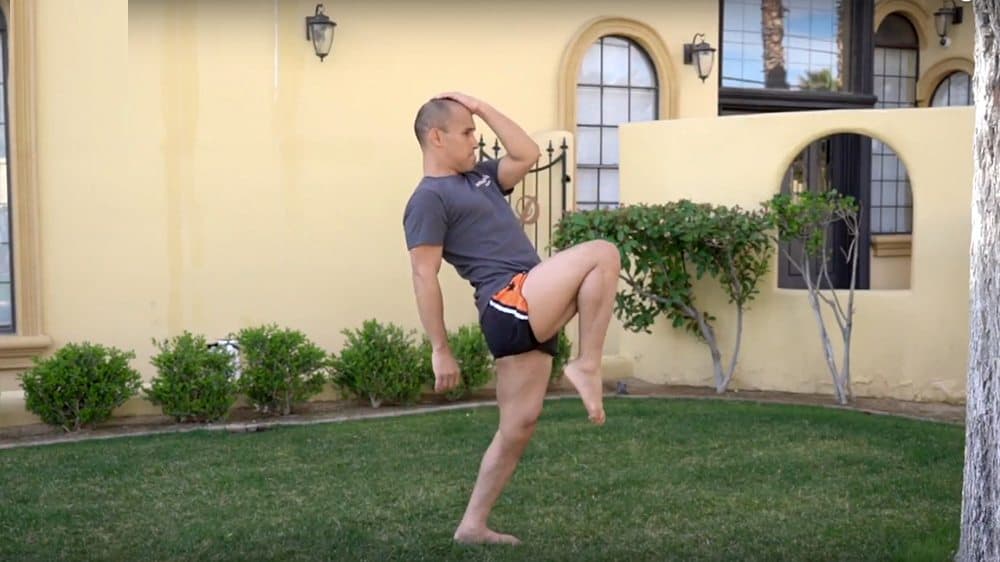joemac
Level 3 Valued Member
Hi
Over many years, I developed very tight pelvic floor muscles, likely from psychological stress and anxiety. This tightness has caused various physical issues.
I've spent over 1,000 hours trying to relax my pelvic floor through meditation and breathwork, but it hasn't been enough.
In the last few months, I started a daily 30-60 minute stretching routine focused on three long-term goals:
My plan is to do this each day for the next year, but I wish to optimize as much as possible given the amount of time I'm devoting here. I'm looking for experienced people to review my routine and suggest improvements.
Thank you,
Ilya
Over many years, I developed very tight pelvic floor muscles, likely from psychological stress and anxiety. This tightness has caused various physical issues.
I've spent over 1,000 hours trying to relax my pelvic floor through meditation and breathwork, but it hasn't been enough.
In the last few months, I started a daily 30-60 minute stretching routine focused on three long-term goals:
- Asian squat
- Tailor Pose for sitting cross-legged
- Side-splits
- Kettlebell Good Morning Stretch for hamstrings
- Butterfly stretch for inner thigh muscles, groin, hip flexors, and abdominals. I sit on a yoga block with my back against a wall and gently place 15lb dumbbells on my legs below my knees.
- Wall Adductor and groin Stretch
- Pigeon Pose stretch for hip flexors and rotators. But my StrongFirst trainer recommended I switch to the 90-90 stretch.
- Sitting relaxed in an Asian squat with a wrapped yoga mat under my heels to elevate me
My plan is to do this each day for the next year, but I wish to optimize as much as possible given the amount of time I'm devoting here. I'm looking for experienced people to review my routine and suggest improvements.
Thank you,
Ilya
Last edited:


